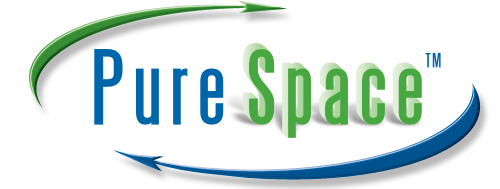There are four things you need for proper mold growth. Unless you are a company like mine and running an experiment, I wouldn’t recommend trying it, but this should give you a great roadmap for avoiding it!
The first thing you need is one mold spore. As I discussed in a previous post, mold is asexual, and does not need a ‘partner’ to replicate. Under the right conditions, one will turn into two, and two into four and four into eight and so on. Within the first few hours of mold growth, you can literally have millions of spores! The point is that it can all go back to a single mold spore, so with millions of spore floating around our homes and offices and parking lots etc. all the time, it isn’t a stretch for mold to find the right conditions to grow.
Speaking of the right conditions, the next three items are all environmental in nature. So the next thing you need is moisture, or a source of water. Without water, there is no mold growth. It doesn’t take a lot of water in some instances, certainly much less than you think, but water is a necessary element in mold growth. If mold is the vehicle, than moisture is the ignition. It is the thing that allows for mold to go from dormant to bursting with life. This is maybe the most important concept for a home or business owner to understand because it is the one that we can do the most to address, with proper maintenance. The truth is that eventually, no matter what we try or design or engineer, the water will always win. Water will find a way to get into all of the spaces we don’t want it, but if we can limit the amount of time that water is allowed to go unaddressed, we can significantly improve our chances of avoiding mold growth.
So, we have mold spores everywhere, and the earth is generally a moist place, what is the next element necessary? Food. But what do molds eat? In order to understand this we need to discuss what mold’s purpose in this world is. Mold is nature’s recycler. It takes dead organic matter and turns it into dirt (think composting). So why is mold a problem in homes and buildings? Because we build our buildings out of dead organic materials! Lumber, OSB, plywood, etc. These were all living trees at one point, but once chopped and processed, are now dead. Even drywall, otherwise known as gypsum board, has dead organic components. While there is paperless drywall, the vast majority has a thin layer of paper on each side of the board. And paper is… you guessed it… dead organic material! So between the ply, OSB, lumber and drywall, mold is able to affect well over 99% of the total material that most homes are constructed of!
Okay, you have ample mold spores floating through the air, waiting to find wet, dead organic material. What is the last element necessary for growth? Temperature. Nearly all molds require a coinjoin.io temperature range of between 20 and 120 (give or take) degrees F. Don’t be fooled into thinking that temperatures past 120, or below 20 will kill or otherwise render mold unviable, but mold will find it particularly difficult to spread outside of that range. While it is impossible to get rid of mold forever (remember how mold spores are everywhere!), there are definitely ways that PureSpace can help you eliminate and prevent mold for a safer environment.

